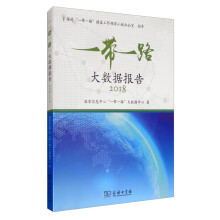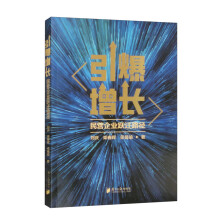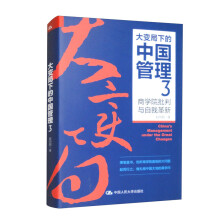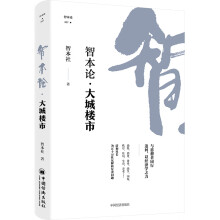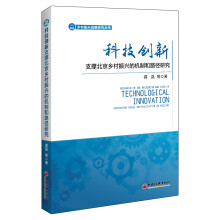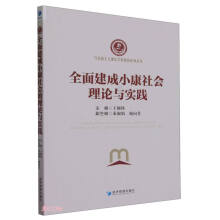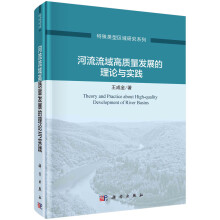Chapter One Introduction-Research Objectives and Framework
1.1.Internationalization
1.2.Importance of Multinational Corporations (MNCs)
1.3.Impetus on Global Strategy
1.4.Developing Trend for MNCs
1.5.Research Area and Research Objective
1.5.1.Culture/Language and its Connection with MNCs
1.5.2.Research Objective
1.6.Conclusion
Chapter Two Chinese Economy in Transition and Anglo-Saxon Culture in the Chinese Context
2.1.China's Rise
2.2.Different Opinions on China-rise
2.3.The Challenge of Multinational Corporation in China
2.4.Anglo-Saxons Origin
2.5.Anglo-Saxon Culture
2.6.Conclusion
Chapter Three Literature Review: Culture/language Studies
3.1.Culture
3.1.1.Definition and Evolution of Culture Theories
3.1.2.Features of Culture
3.1.3.Different levels of culture
3.1.4.Hall's low-and high-context patterns
3.2.Culture shock and cross-cultural management
3.2.1.Culture Shock
3.2.2.Models of Culture Shock
3.3.Hofstede's four cultural dimensions
3.3.1.Comments of Hofstede's contribution
3.3.2.Critiques on Hofstede's National Culture Models
3.3.3.Trompenaars' and Tuner's seven value dimensions
3.4.Language: a Linguistics Perspective
3.5.Non-verbal Actions (NVA)
3.5.1.Definition
3.5.2.The Characteristics of Body Language and its pragmatic failure
3.5.3.Facial Expression
3.5.4.Posture
3.5.5.Gesture
3.5.6.Eye Contact
3.5.7.Touching
3.6.Findings from culture/language Ratinale
3.6.1.Awareness of Culture Differences
3.6.2.Difference in Language
3.6.3.Difference in Values
3.6.4.Diference in Religious Belief
3.6.5.Difference in Aesthetic Viewpoint
3.6.6.Difference in Customs
3.7.Culture in macro and micro layers
3.8.Language and communications
3.9.Cross-cultural Training
3.10.Conclusion
……
Chapter Four Literature Review: IR and HRM Studies
Chapter Six Industrial Relations in Contemporary China
Chapter Seven Research Design and Methodology
Chapter Eight Data Analysis of Empirical Research
Chapter Nine Chinese Culture and its Characteristics
Chapter Ten Findings and Conclusion
Bibliography
Appendix
展开

